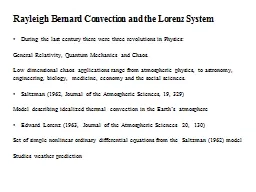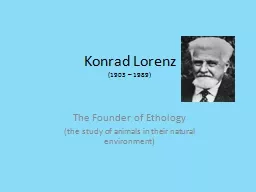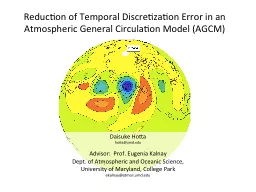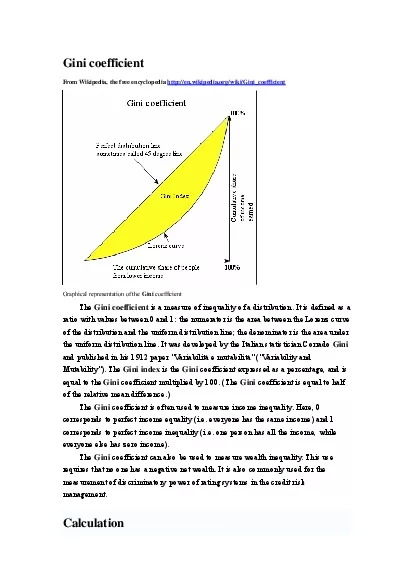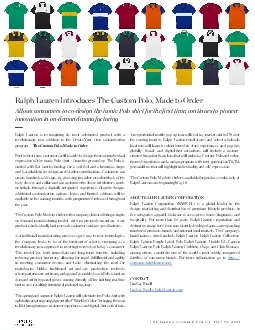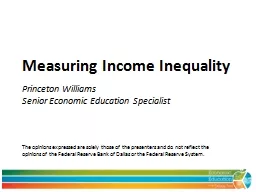PPT-Edward Lorenz with William Donahue, Lauren Engels,
Author : studmonkeybikers | Published Date : 2020-08-05
Aleia McKessy and Tracy Oberle Promotion of Cooperative Enterprises in Distressed Urban and Rural Communities Assumption 1 Michigans decline is so severe it
Presentation Embed Code
Download Presentation
Download Presentation The PPT/PDF document "Edward Lorenz with William Donahue, Lau..." is the property of its rightful owner. Permission is granted to download and print the materials on this website for personal, non-commercial use only, and to display it on your personal computer provided you do not modify the materials and that you retain all copyright notices contained in the materials. By downloading content from our website, you accept the terms of this agreement.
Edward Lorenz with William Donahue, Lauren Engels,: Transcript
Download Rules Of Document
"Edward Lorenz with William Donahue, Lauren Engels,"The content belongs to its owner. You may download and print it for personal use, without modification, and keep all copyright notices. By downloading, you agree to these terms.
Related Documents



